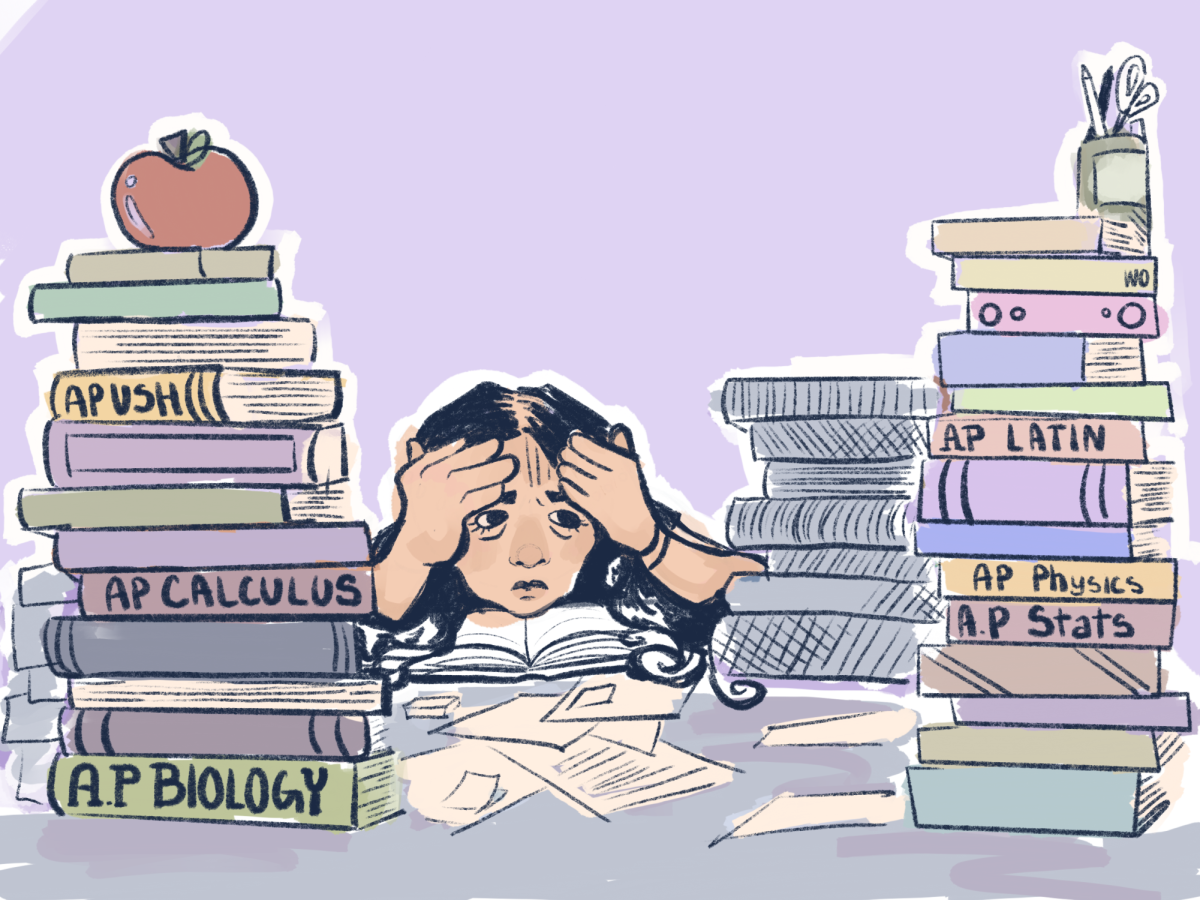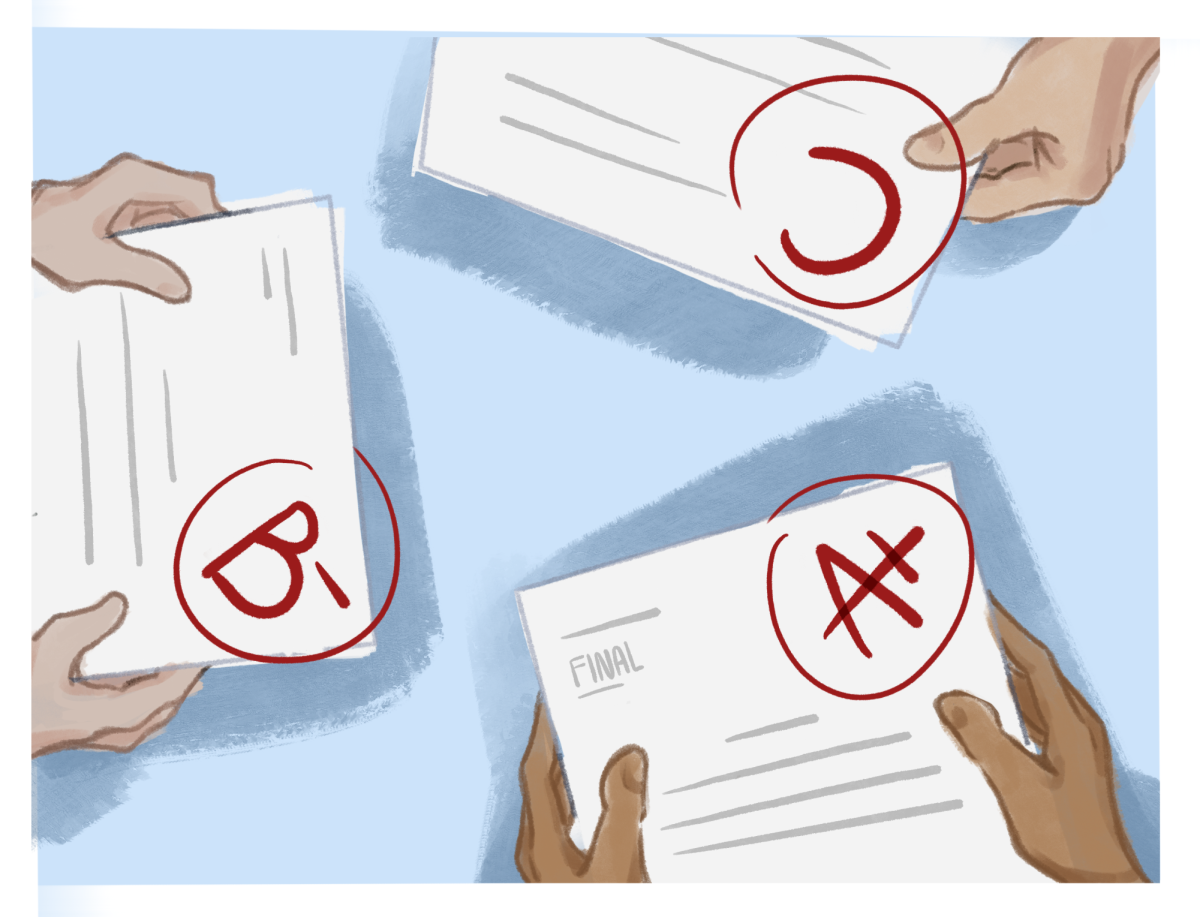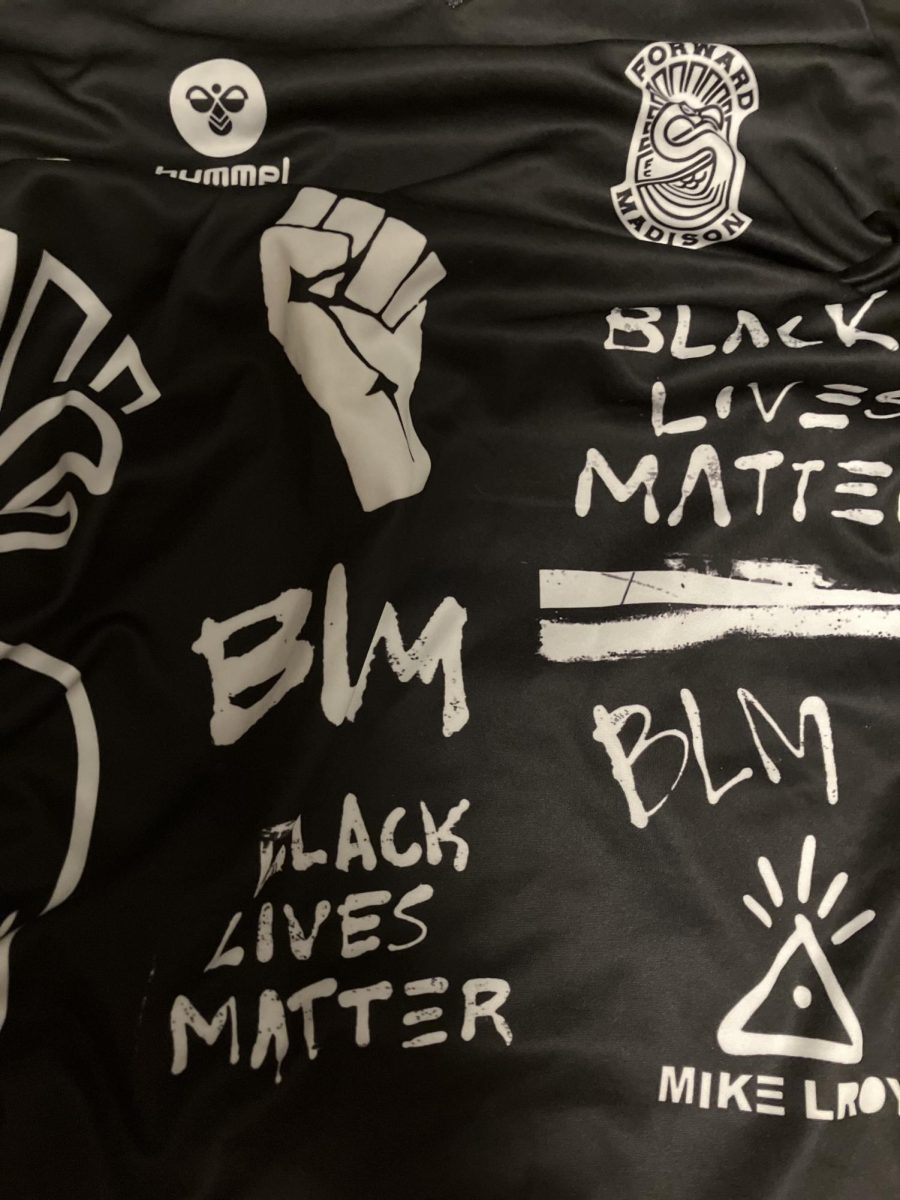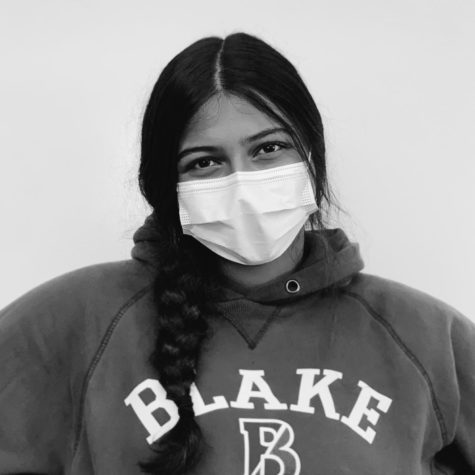Active listening is often a forgotten practice in school. Broadly speaking, active listening means not only hearing the speaker but also listening, understanding, and engaging with them. Literally, this looks like smiles, nods, and eye contact, instead of checking your phone, thinking of what you’re going to say next, or interrupting.
For example, discussions in humanities classes often turn into streams of consciousness; people get so caught up in sharing their ideas, which are usually very insightful, that they stop listening to each other. Every other phrase starts with “To go off of what [student name] said,” and then immediately turns into a monologue full of motifs, metaphors, parallels, and symbolism that has very little to do with what the first student said. That’s not to say I don’t understand the pressure of a discussion– I do. But, I think part of what we’re supposed to take away from discussions is how to respond to and engage with one another.
Active listening is just as, if not more, important outside of the classroom than it is inside. We spend 5 days a week in this building surrounded by almost 600 people who have lived different lives and have a completely different set of memories, morals, beliefs, and ideologies than our own. Everyone has a story, and I consider it a privilege whenever I hear someone’s. I’ve learned so much just by talking with people and going out of my way to make sure they know I care about what they’re saying.
More than anything else, active listening is a nice thing to do. It can’t be fun for a teacher when they look out to a sea of students with their heads down or their attention focused out the window. So, next time you’re in English class, I encourage you to make eye contact with your teacher, and while you’re waiting in the lunch line, say “hi” to the person behind you, ask how they are, and actually listen to their answers. In the end, active listening doesn’t only matter in the classroom; these practices should extend into our personal lives.







